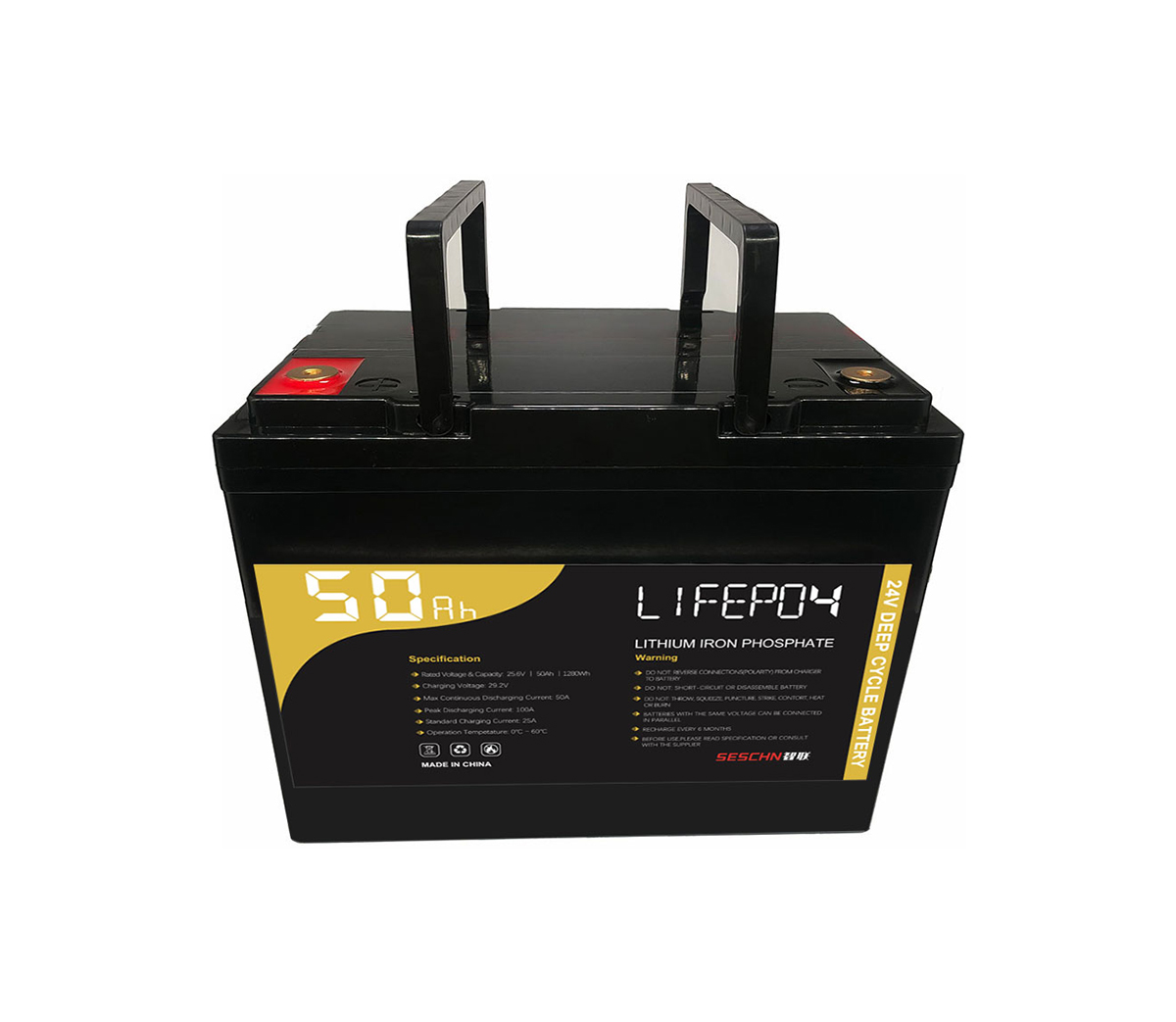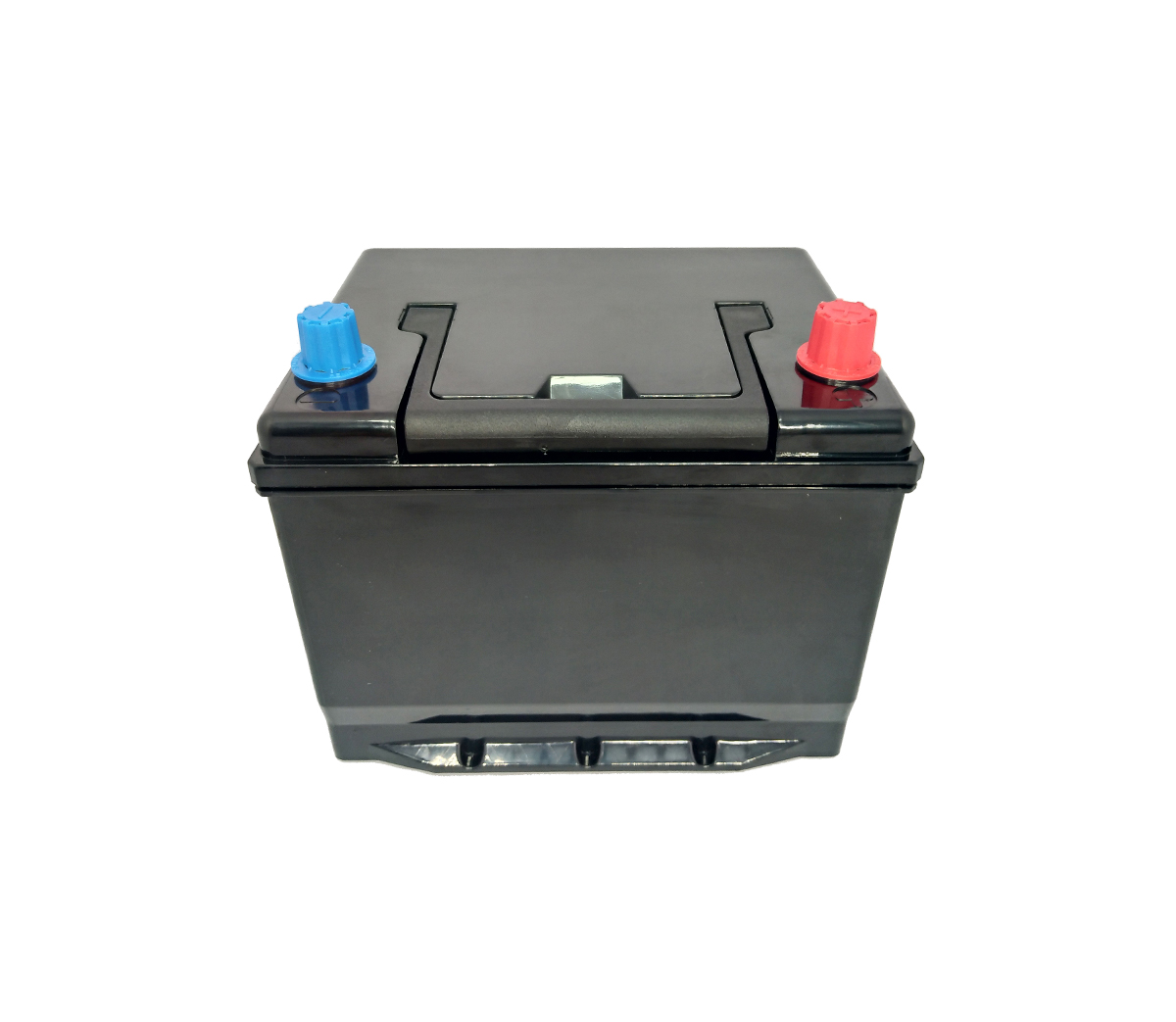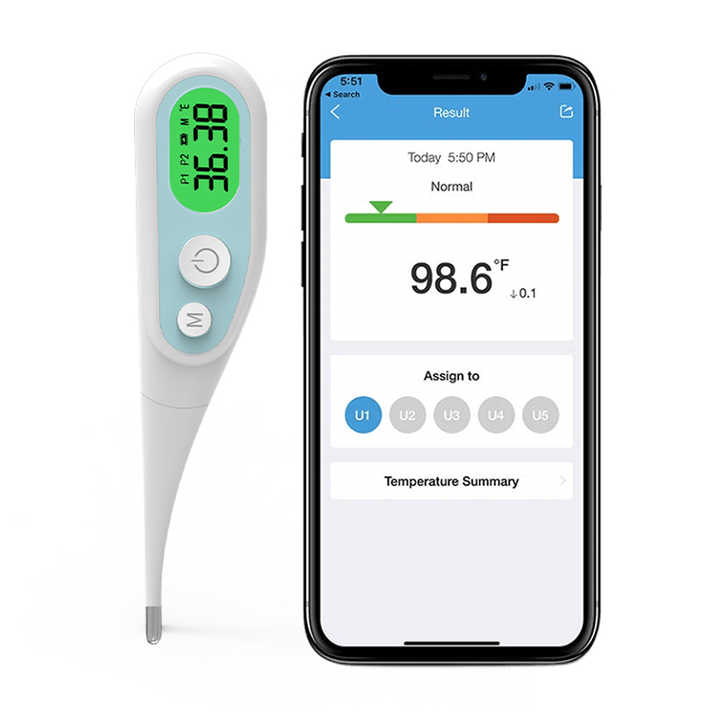
Each type of lithium battery has an optimal charging current value under
different state parameters and environmental parameters. Then, from the
perspective of the battery structure, what are the factors that affect this
optimal charging value?
The micro process of charging
Lithium batteries are called "rocking chair type" batteries. Charged ions
move between the positive and negative electrodes to realize charge transfer and
supply power to external circuits or charge from an external power source. In
the specific charging process, the external voltage is applied to the two poles
of the battery, and the lithium ions are extracted from the positive electrode
material and enter the electrolyte. At the same time, excess electrons are
generated through the positive electrode current collector and move to the
negative electrode through the external circuit; the lithium ions are in the
electrolyte. Moving from the positive electrode to the negative electrode,
passing through the diaphragm to reach the negative electrode; the SEI film
passing through the negative electrode surface is embedded in the negative
electrode graphite layered structure and combined with electrons.
In the entire process of the operation of ions and electrons, the battery
structure that affects the charge transfer, whether electrochemical or physical,
will affect the fast charging performance.
Quick charge, the requirements for each part of the battery
For batteries, if you want to improve power performance, you need to work
hard in all aspects of the battery, including the positive electrode, negative
electrode, electrolyte, separator, and structural design.
positive
In fact, almost all kinds of cathode materials can be used to make
fast-charging batteries. The main properties that need to be guaranteed include
conductivity (reduction of internal resistance), diffusion (ensure of reaction
kinetics), life (no explanation required), and safety (no need for explanation).
Explanation), proper processing performance (the specific surface area should
not be too large to reduce side reactions and serve safety). Of course, the
problems to be solved for each specific material may be different, but our
common cathode materials can meet these requirements through a series of
optimizations, but different materials are also different:
A, lithium iron phosphate may be more focused on solving the problems of
conductivity and low temperature. Carbon coating, moderate nanoization (note
that it is moderate, it is definitely not a simple logic that the finer the
better), and the formation of ion conductors on the surface of the particles are
the most typical strategies.
B. The ternary material itself has relatively good electrical conductivity,
but its reactivity is too high, so ternary materials rarely carry out
nanometerization work (nanoization is not a panacea-like antidote to the
performance of materials, especially in the field of batteries (Sometimes there
are a lot of side effects), and more attention is paid to safety and suppression
of side reactions (with electrolyte). After all, the main life of ternary
materials is safety, and recent battery safety accidents have frequently
occurred in this regard. Put forward higher requirements.
C and lithium manganate are more important to life, and there are also many
lithium manganate-based fast-charge batteries on the market.
negative electrode
When a lithium ion battery is charged, lithium migrates to the negative
electrode. The excessively high potential caused by fast charging and large
current will cause the negative electrode potential to be more negative. At this
time, the pressure of the negative electrode to quickly accept lithium will
increase, and the tendency to generate lithium dendrites will increase.
Therefore, the negative electrode must not only satisfy the lithium diffusion
during fast charging. The kinetics requirements of the lithium ion battery must
also solve the safety problem caused by the increased tendency of lithium
dendrites. Therefore, the main technical difficulty of the fast charging core is
the insertion of lithium ions in the negative electrode.
A. Graphite is still the dominant negative electrode material in the market
(accounting for about 90% of the market share). The fundamental reason is cheap
(you think the battery is expensive every day, exclamation mark!), and the
comprehensive processing performance and energy of graphite The density is
relatively good, and the shortcomings are relatively few. Of course, the
graphite negative electrode has problems. Its surface is sensitive to the
electrolyte, and the lithium intercalation reaction has a strong directionality.
Therefore, the graphite surface treatment to improve the structural stability
and promote the diffusion of lithium ions on the substrate is mainly required to
work hard. direction.
B. Hard carbon and soft carbon materials have also developed a lot in
recent years: hard carbon materials have high lithium insertion potential and
have micropores in the materials, so the reaction kinetics performance is good;
and soft carbon materials have good compatibility with electrolyte, MCMB The
materials are also very representative, but hard and soft carbon materials are
generally low in efficiency and high in cost (and if you think it is as cheap as
graphite, I am afraid that it is not hopeful from an industrial point of view),
so the current consumption is far less than graphite, and more used in some
specialties On the battery.
C. Someone will ask the author what about lithium titanate. To put it
briefly: the advantages of lithium titanate are high power density, safer, and
obvious disadvantages. The energy density is very low, and the cost is high when
calculated by Wh. Therefore, the author's view of lithium titanate batteries has
always been: it is a useful technology with advantages in specific occasions,
but it is not suitable for many occasions that require high cost and cruising
range.
D, silicon anode materials are important development directions, and
Panasonic's new 18650 battery has begun the commercial process of such
materials. However, how to achieve a balance between the pursuit of performance
in nanotechnology and the general micron-level requirements of the battery
industry is still a challenging task.
Diaphragm For power batteries, high-current operation provides higher
requirements for their safety and life. Diaphragm coating technology cannot be
bypassed. Ceramic coated diaphragms are rapidly being pushed out because of
their high safety and the ability to consume impurities in the electrolyte,
especially for the improvement of the safety of ternary batteries. The main
system currently used in ceramic diaphragms is to coat alumina particles on the
surface of traditional diaphragms. A relatively novel method is to coat solid
electrolyte fibers on the diaphragm. Such diaphragms have lower internal
resistance and the fiber has a better mechanical support effect on the
diaphragm. Excellent, and it has a lower tendency to block the diaphragm pores
during service. After the coating, the diaphragm has good stability. Even if the
temperature is relatively high, it is not easy to shrink and deform and cause a
short circuit. The Jiangsu Qingtao Energy Company, supported by the technical
support of the Nan Cewen research group of the School of Materials and
Materials, Tsinghua University, has some representative in this regard. Working,
the diaphragm is shown in the figure below.
electrolyte
The electrolyte has a great influence on the performance of fast-charging
lithium-ion batteries. To ensure the stability and safety of the battery under
fast charging and high current, the electrolyte must meet the following
characteristics: A) It cannot be decomposed, B) The conductivity is high, and C)
It is inert to the positive and negative materials. React or dissolve. If you
want to meet these requirements, the key is to use additives and functional
electrolytes. For example, the safety of ternary fast-charging batteries is
greatly affected by it, and it is necessary to add various
anti-high-temperature, flame-retardant, and anti-overcharging additives to them
to protect them in order to improve their safety to a certain extent. The old
and difficult problem of lithium titanate batteries, high-temperature
flatulence, also has to be improved by high-temperature functional
electrolyte. Battery structure design
A typical optimization strategy is the stacked VS winding type. The
electrodes of the stacked battery are equivalent to a parallel relationship, and
the winding type is equivalent to a series connection. Therefore, the former has
a much smaller internal resistance and is more suitable for power types.
occasion. In addition, efforts can be made on the number of tabs to solve the
problems of internal resistance and heat dissipation. In addition, using
high-conductivity electrode materials, using more conductive agents, and coating
thinner electrodes are also strategies that can be considered. In short, the
factors that affect the charge movement inside the battery and the rate of
insertion of the electrode holes will affect the fast charging ability of the
lithium battery.
The future of fast-charging technology Electric vehicle fast-charging
technology, is it a historical direction or a flash in the pan. In fact, there
are different opinions now, and there is no conclusion. As an alternative to
solve mileage anxiety, it is considered on the same platform with battery energy
density and overall vehicle cost.
Energy density and fast charging performance, in the same battery, can be
said to be two incompatible directions, and cannot be achieved at the same time.
The pursuit of battery energy density is currently the mainstream. When the
energy density is high enough and the battery capacity of a vehicle is large
enough to avoid the so-called "range anxiety", the demand for battery rate
charging performance will be reduced; at the same time, if the battery power is
large, if the battery cost per kilowatt-hour is not low enough, then whether it
can be Ding Kemao's purchase of electricity that is sufficient for "not anxious"
requires consumers to make a choice. If you think about it, fast charging has
value. Another angle is the cost of the fast charging facilities mentioned
yesterday, which is of course part of the cost of the entire society to promote
electrification. A sentence of standing without backache, summing up the
statement, whether fast charging technology can be widely promoted, energy
density and fast charging technology which develops fast, and whichever of the
two technologies cuts costs down, may play a considerable role in its future
prospects. The decisive role.



































